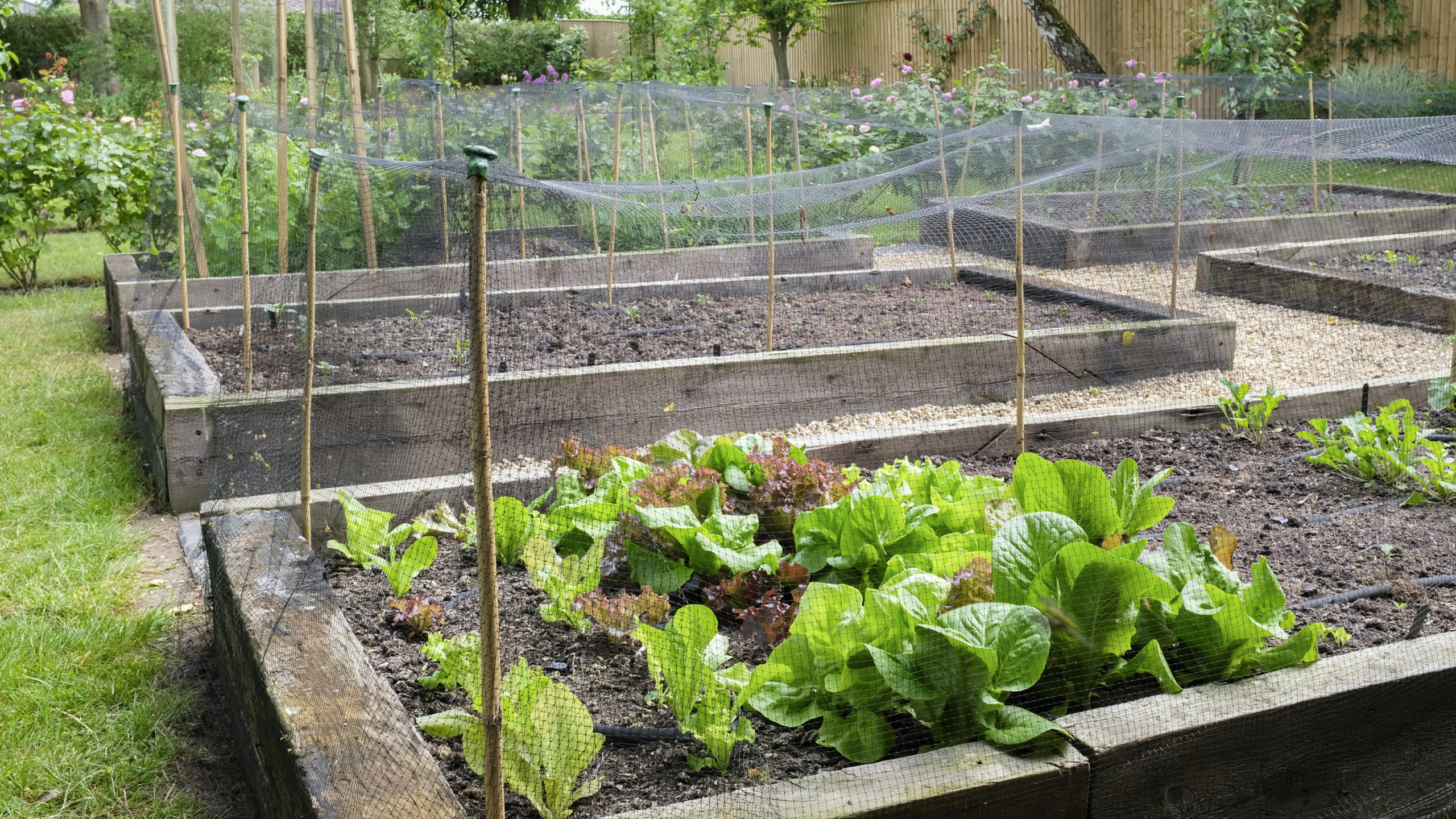Introduction
Using old railroad ties for vegetable garden beds is a popular choice among gardeners seeking durable and affordable landscaping materials. Railroad ties, known for their robustness and rustic appeal, can provide solid borders and raised beds for growing vegetables. However, concerns about chemical treatments and safety often arise, making it essential to understand both the benefits and potential risks before incorporating them into your garden. This article explores how to use old railroad ties effectively for vegetable gardens, addressing safety considerations, preparation methods, and practical tips to ensure a healthy and thriving garden.
Are Old Railroad Ties Safe for Vegetable Gardens?
Understanding Railroad Tie Treatments
Most old railroad ties were treated with creosote, a wood preservative that protects against rot and insects. Creosote contains polycyclic aromatic hydrocarbons (PAHs), which are toxic and can leach into soil. This chemical raises concerns when using these ties in edible gardens.
Expert Recommendations
- The US Environmental Protection Agency (EPA) advises caution due to the potential health risks from creosote exposure.
- Some experts recommend avoiding direct soil contact with railroad ties if you plan to grow vegetables.
Alternatives and Precautions
- Consider sealing the ties with a non-toxic wood sealant to reduce chemical leaching.
- Use a heavy-duty plastic liner or landscape fabric between the ties and soil to create a barrier.
By understanding these factors, gardeners can make informed decisions about using railroad ties safely.
Benefits of Using Old Railroad Ties in Vegetable Gardens
Despite safety concerns, old railroad ties offer several advantages:
- Durability: Railroad ties are dense and long-lasting, resisting decay better than many other woods.
- Cost-Effectiveness: Often available at low cost or even free from demolition sites or railway companies.
- Aesthetic Appeal: Their rustic, weathered look adds character and charm to garden spaces.
- Structural Strength: Ideal for creating raised beds that retain soil well and improve drainage.
These benefits make old railroad ties a practical choice when managed carefully.
How to Prepare and Install Railroad Ties for Vegetable Gardens
Step 1: Source and Inspect
- Obtain ties that are not excessively weathered or broken.
- Avoid ties that have visible spills or heavy chemical residues.
Step 2: Clean and Seal
- Clean the ties with a stiff brush to remove dirt and debris.
- Apply a non-toxic, garden-safe sealant to reduce chemical leaching.
Step 3: Install a Barrier
- Line the inside of the bed with heavy-duty landscape fabric or plastic sheeting.
- This barrier prevents direct contact between the soil and the treated wood.
Step 4: Assemble Raised Beds
- Arrange railroad ties in the desired bed shape, securing corners with galvanized spikes or brackets.
- Fill beds with high-quality, organic soil and compost to promote vegetable growth.
Step 5: Monitor Soil and Plant Health
- Regularly test soil for contaminants if possible.
- Observe plants for any unusual growth issues or discoloration.
Following these steps enhances safety and maximizes the utility of railroad ties.
Alternatives to Railroad Ties for Vegetable Garden Beds
If concerns about chemical exposure outweigh the benefits, consider these alternatives:
- Untreated Cedar or Redwood: Naturally rot-resistant and safe for food gardening.
- Composite Lumber: Made from recycled plastics and wood fibers, durable and chemical-free.
- Recycled Plastic Lumber: Long-lasting and does not leach chemicals.
Each alternative offers safety and sustainability, though often at a higher cost.
Real-World Examples and Expert Insights
- A study published in the “Journal of Environmental Quality” found that creosote compounds can persist in soil but leach minimally when physical barriers are used.
- Master gardeners often recommend combining old railroad ties with liners to mitigate risks.
- Home gardeners have successfully used sealed and lined railroad ties for over a decade without negative impacts on vegetable quality.
These insights support a balanced approach to using railroad ties responsibly.
Conclusion
Old railroad ties can be a valuable resource for building durable and visually appealing vegetable garden beds. However, safety concerns regarding creosote treatment require gardeners to take precautions like sealing and installing barriers to prevent chemical leaching. By following expert recommendations and preparation steps, you can enjoy the benefits of railroad ties while protecting your soil and health. For those seeking completely chemical-free options, alternative materials offer safe and sustainable solutions. Ultimately, informed choices and careful installation ensure your vegetable garden thrives safely and beautifully.
Start your garden project with confidence by weighing the pros and cons of old railroad ties and implementing best practices to safeguard your harvest.
